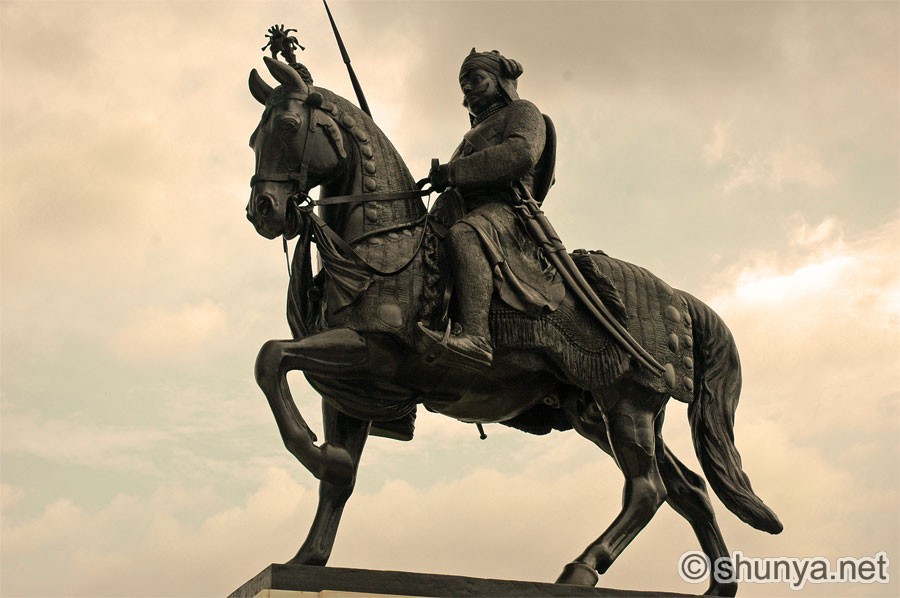Definition
Rajputs are a sub-group of hindu Kshatriya varna. They have a hindu Jati (an endogamous group within the Hindu social system). Rajputs are literally sons-of-kings. They are divided into 36 major clans, names of which are recorded in several texts including the Kumarpala Charita of Jayasimha, and Prithviraj Raso of Chandbardai.
राजपुत्रौ कु शलिनौ भ्रातरौ रामलक् ष्मणौ ।
सर्वशाखामर्गेन्द्रेण सुग्रीवेणािभपालितौ ।।
The two brothers, the princes Rama and Lakshmana, fare well protected by Sugriva, the lord of all the monkeys.(Mahabharata, Ramopakhayana, 3.266.61)
स राजपुत्रो वव्र्धे आशु शुक् ल इवोडुपः ।
आपूर्यमाणः िपत्र्िभः क ाष्ठािभिरव सो ऽन्वहम्।।As the moon, in its waxing fortnight, develops day after day, so the royal prince [Parikshit] very soon developed luxuriantly under the care and full facilities of his guardian grandfathers.(Srimad Bhagavatam, 1.12.311)
Damodarpur copper-plate inscription of Kumaragupta III (533 A.D) records that the Governor of Bhukti of Pundravardhana, Rajaputra-Dev-Bhattaraka, was a son of the emperor, bearing the title Uparika Maharaja and 'rendering his homage to the king'. Rajputra are also mentioned in Sumandala Copper Plate inscription of Prithvigraha, Gupta era (570 A.D). There are Rajputra references in many Licchavi inscriptions (Recorded in D.R. Regimi's, Inscriptions of Ancient Nepal, Abhinav Publications, ISBN 0391025597). Rajputra Vajraratha, Babharuvarma, and Deshavarma are mentioned in the inscriptions of Sikubahi (Shankhamul) which describe the reigns of Licchavi kings Gangadeva (567-573 A.D) and Amshuvarma (605-621 A.D) respectively. The inscriptions of Sanga mentions the name of Rajputra Vikramasena, Gnoli inscription mentions Rajaputra Jayadeva, inscription of Deopatan mentions Rajputra Shurasena, and the inscriptions of Adeshwar mentions the Rajaputras Nandavarma, Jishnuvarma and Bhimavarma.
In 606 A.D. King Harshavardhana of Kannauj was crowned as Rajaputra Siladitya. Following excerpt from Page 146, of Advanced History of India written by R.C. Majumdar, H.C. Raychaudhuri, and Kaukinkar Datta, ISBN 0333 90298 X:It is however, certain that Harsha found himself at the head of the kingdom of his brother as well as that of his brother-in-law. But he contended himself at first with the modest title of Rajaputra Siladitya.
Apshad inscription of Adityasena (8th century A.D) mentions Madhavagupta who is identical with Madhavgupta, the Malawa Rajaputra of Bana's Harshacharita. Nadol Plates of 1161 A.D. mention Rajaputra Kirtipal, the progenitor of Songara (Svarnagiri) Chauhan dynasty of Jalore. Delhi Shivalik Pillar inscription, dating to A.D. 1163 of Chauhan King Virgharaj IV (Bisaldev) refers to his Mahamantri (Chief Minister) as Rajaputra Sallakshanpal.
